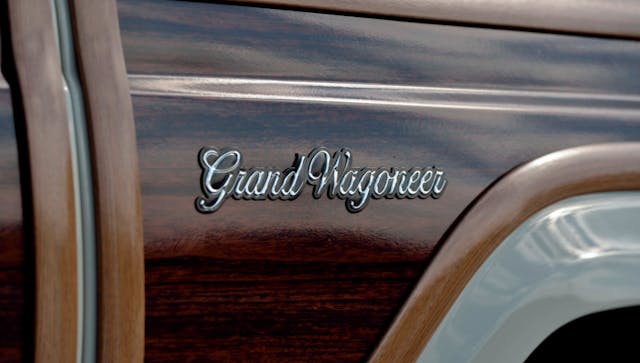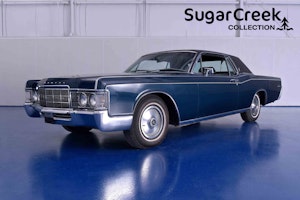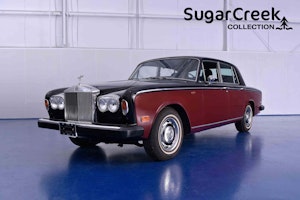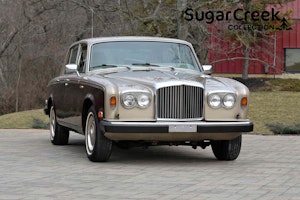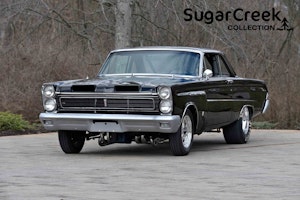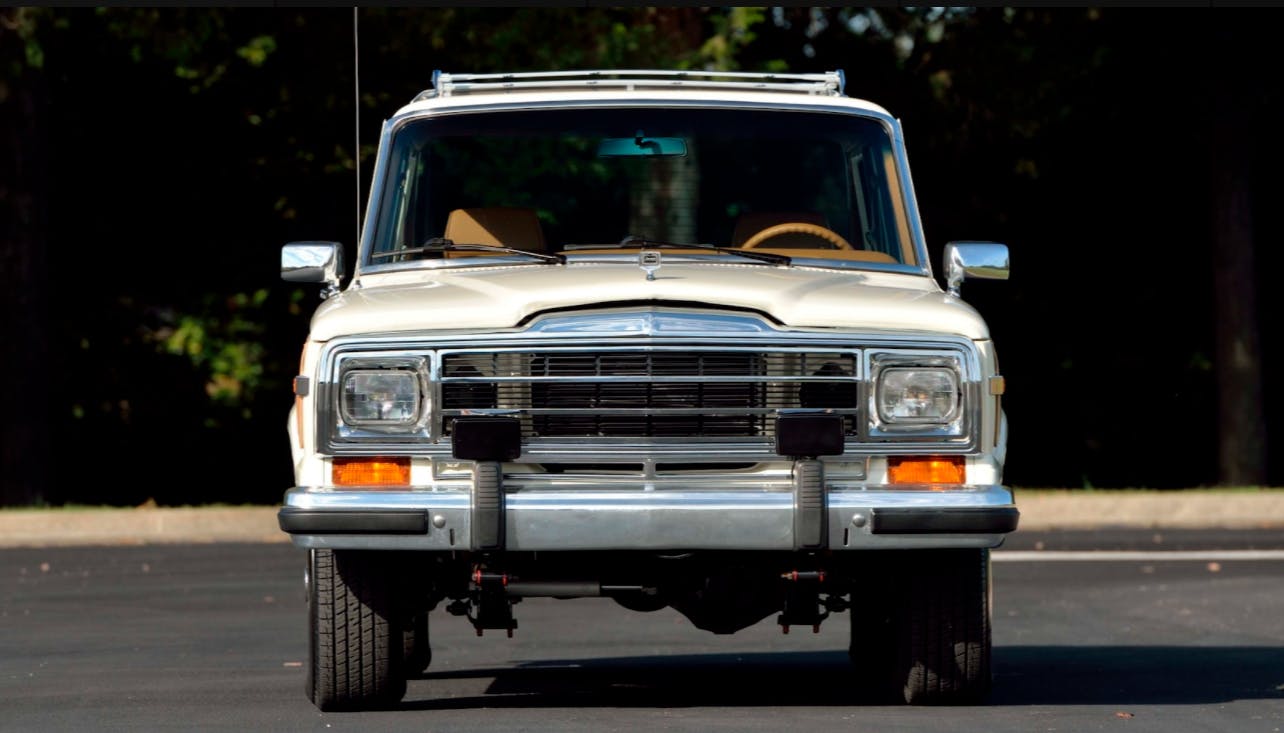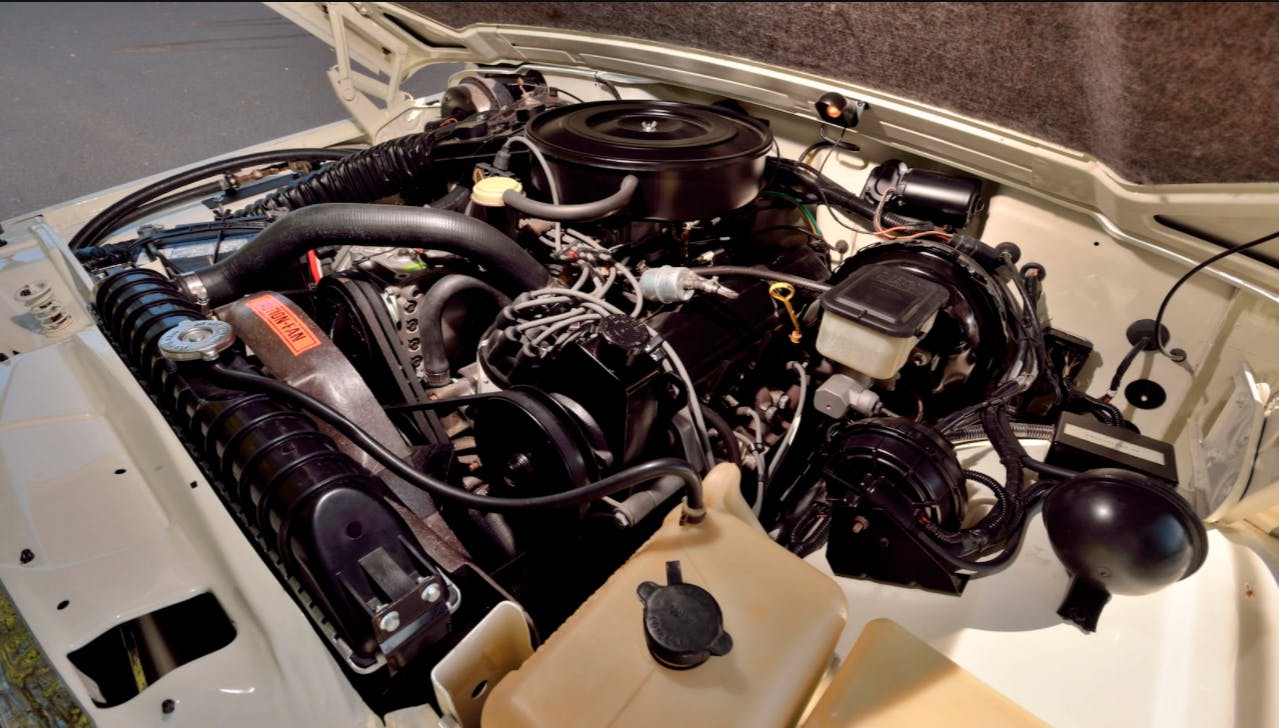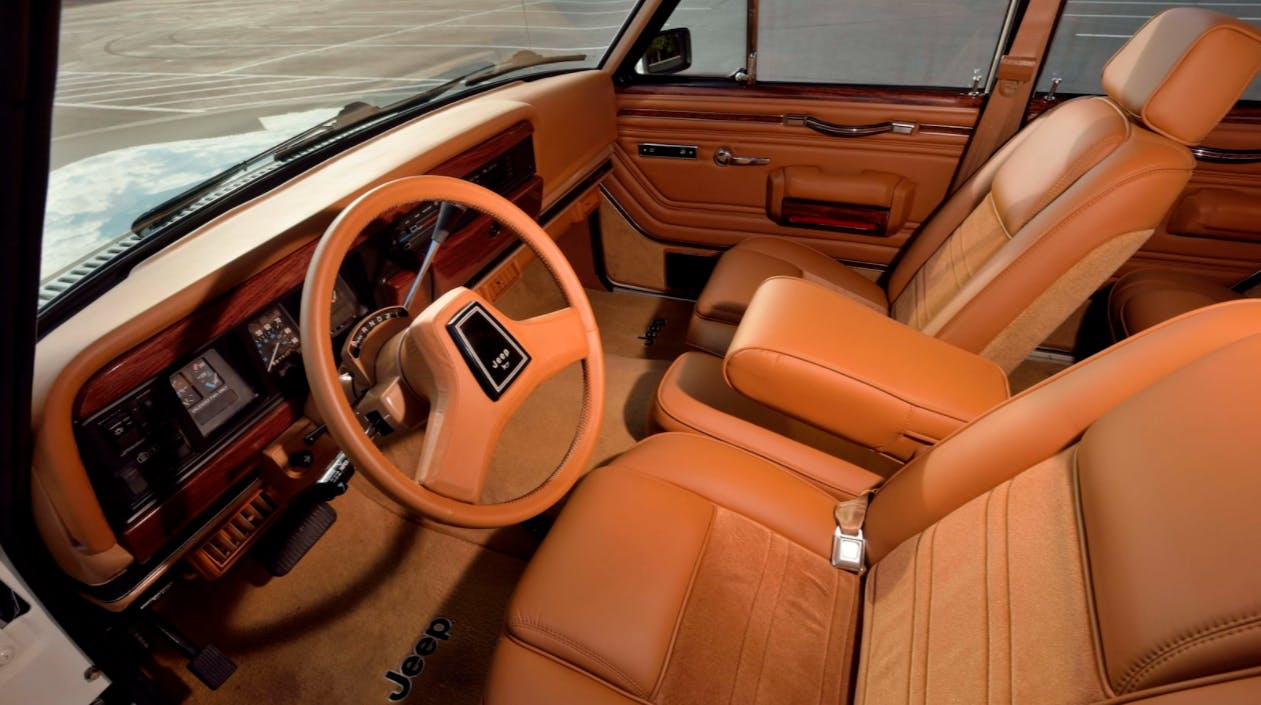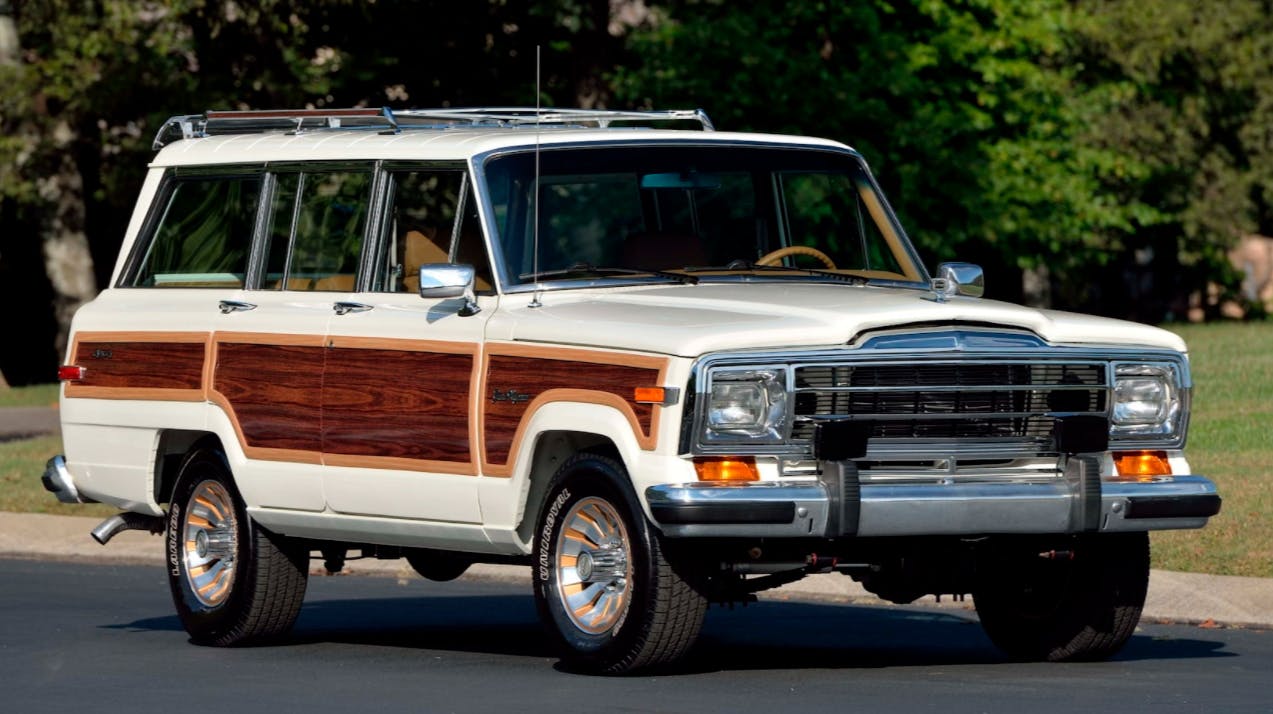Media | Articles
Is this $154,000 Grand Wagoneer peak market insanity?

For ten days each January, Kissimmee, Florida plays host to the world’s largest collector car auction, and it’s quite the experience. Mecum Auctions sets up shop both outside under tents and packed inside the buildings at Osceola Heritage Park, where glistening rows of cars and trucks extend as far as the eye can see—literally. For the well-heeled collector, there’s acres of top-shelf American muscle and modern exotics on offer; for the rest of us, there are cheap projects, entry-level classics, and a smidge of everything in between. It’s truly one of those “something for everyone” kind of auctions.
This year’s sale is no different, but it’s nigh-on impossible to ignore the absolute tear the collector car market is on at the moment, and it was on full display in Kissimmee. Although we’ve lately described some of the stranger public sales with phrases like “strong money,” “big price,” and “well, that’s just crazy,” one Mecum sale this week really had us scratching our necks and shaking our heads in shock. Someone just dropped a bank-busting $154,000 on a 1986 Jeep Grand Wagoneer; for reference, that’s more than enough bucks to buy you a brand-new, loaded-out 2022 Jeep Grand Wagoneer, with enough cash left over to buy a decent boat to tow behind your new SUV. This little hobby of ours is rarely rational, but come on.

Sorry, but an old Grand Wagoneer is a bulky, underpowered, inefficient, and potentially unreliable way to get around. And for anybody on the hunt for a plush and stylish SUV, there is a huge list of better alternatives that is, of course, constantly growing. And yet, Jeep’s woodgrain wonder from the ’80s is more desirable than ever, with median condition #2 (Excellent) values for 1984-1991 Grand Wagoneers up 98 percent over the past five years. Exceptional examples approach–and apparently now surpass–six figures at auction. As cynical as we might be, there are some somewhat logical reasons for that.
While America's love of comfy, high-dollar 4x4s is a relatively recent craze, its roots go all the way back to Jeep's original Wagoneer in 1963. That big bruiser didn't change much over its almost 30-year production run, but most consider the 1984–1991 Grand Wagoneer to be the apex of the breed, thanks to their rich mix of amenities, power, and utility.
As the original Grand Wagoneer essentially kicked-off the luxury SUV segment, Jeep's smooth-riding luxe sled was something of a status symbol in its day; parking one of these woodies next to your Cape Cod colonial meant ponying up the inflation-adjusted equivalent of around $60,000 when new. What really wins the Grand Wagoneer the most admiration, though, is its appearance. Refined from Brooks Stevens' original 1960s design, the Grand Wagoneer was and is like nothing else on the road, and time has only made both its shape and woodgrain panels cooler. That last bit may just be my opinion, but buyers apparently agree with me. The average quoted value of these Jeeps on Hagerty's insurance side of the business is up 51 percent over the last five years, and the number of quotes is up 24 percent over the same period.
Marketplace
Buy and sell classics with confidence
As vintage trucks like the Grand Wagoneer become increasingly expensive, we're now at the point where not it's not just pampered, low-mile, original-condition examples that earn the valuable prize. They're worth enough these days that people are sinking serious comprehensive restoration-level money into them. This $154,000 Wagoneer is a perfect case in point. Shiny and fresh, it boasts a two-year nut-and-bolt restoration, and that's just not something we usually associate with an '86 Jeep.
Even taking all of that into consideration, 154 big ones doesn't just defy established mores, it's a big middle finger to logic. That number is twice the condition #1 (Concours, or best-in-the-world) value for a 1986 Grand Wagoneer according to our data, and this example is neither all that rare nor is it uniquely clean. But, at least two people in the room at Kissimmee didn't need logic—they needed this Jeep. One bidder on the ground in Kissimmee this week told me that "people here have cash, and they're bound and determined to leave it here."
Perhaps we need no more explanation than that.
